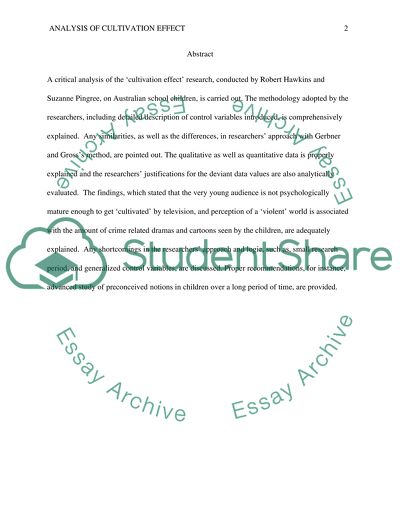Cite this document
(“A Critical Analysis of Some Processes in the Cultivation Effect by Research Paper”, n.d.)
A Critical Analysis of Some Processes in the Cultivation Effect by Research Paper. Retrieved from https://studentshare.org/journalism-communication/1433323-communication-theories
A Critical Analysis of Some Processes in the Cultivation Effect by Research Paper. Retrieved from https://studentshare.org/journalism-communication/1433323-communication-theories
(A Critical Analysis of Some Processes in the Cultivation Effect by Research Paper)
A Critical Analysis of Some Processes in the Cultivation Effect by Research Paper. https://studentshare.org/journalism-communication/1433323-communication-theories.
A Critical Analysis of Some Processes in the Cultivation Effect by Research Paper. https://studentshare.org/journalism-communication/1433323-communication-theories.
“A Critical Analysis of Some Processes in the Cultivation Effect by Research Paper”, n.d. https://studentshare.org/journalism-communication/1433323-communication-theories.


